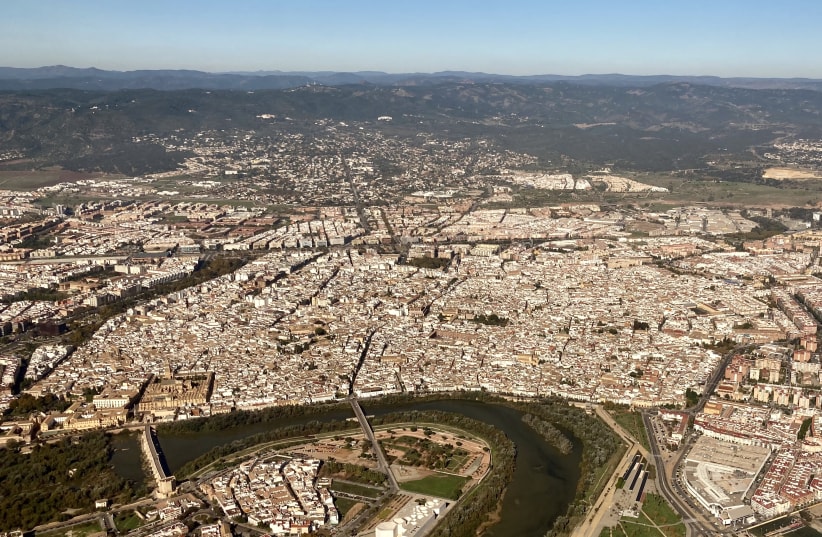Archaeologists from the Museo Histórico Local de Nueva Carteya uncovered a phallic carving from ancient Rome during excavations in Córdoba, Spain, Heritage Daily reported on Wednesday.
Phallic imagery was common in ancient Roman culture as it was believed to ward off the evil that preys on children or offer protection from the wandering evil eye of men.
The carving was found at the site of El Higuerón, an Iberian settlement that was first occupied from the 4th century BCE until the Romans conquered it around 206 BCE, according to the report.
Excavations began at El Higuerón in 1966 and 1968, it said.
In the most recent excavations, researchers discovered the base of a wall from the Iberian period, structural remains from the Roman and Medieval periods and a limestone floor from the Roman period.
Remarks by researcher Andrés Roldán
Andrés Roldán, director of the Nueva Carteya Historical Museum and a researcher at the University of Extremadura, said the phallic carving may be one of the largest that has been preserved from the Roman period, Heritage Daily said.

